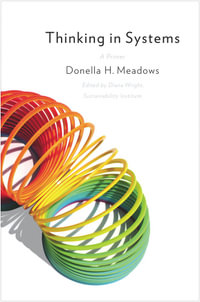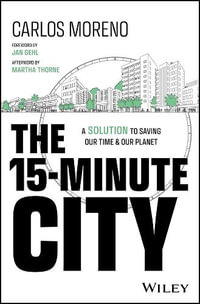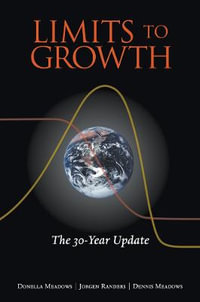| List of Figures | p. viii |
| List of Graphs and Boxes | p. ix |
| List of Tables | p. x |
| Preface to the English edition | p. xi |
| Acknowledgements | p. xvii |
| Introduction | p. 1 |
| A shared vision | p. 1 |
| Beyond the myths | p. 2 |
| A kaleidoscopic approach | p. 3 |
| A social construct and an analytical challenge | p. 5 |
| Introduction | p. 5 |
| The American economy in the 1990s was no longer the same as that in the 1960s | p. 5 |
| Combining micro- and macroeconomics, history and geography | p. 8 |
| The difficulty of analysing structural changes in real time | p. 9 |
| Conclusion | p. 13 |
| Microeconomic instability and an uncertain organizational model | p. 14 |
| Introduction | p. 14 |
| Digitalized information and redundant networks | p. 14 |
| The three figures of the 'new economy' | p. 17 |
| The search for an organizational model for the 'new economy' | p. 19 |
| Conclusion | p. 25 |
| A growth regime driven by information and communications technology? | p. 26 |
| Introduction | p. 26 |
| The new and the old economies: a conjunction of two virtuous circles? | p. 26 |
| The Solow paradox has not been entirely resolved yet | p. 28 |
| Faster potential growth: problems with forecasting | p. 33 |
| The 'new economy' has had different effects on different sectors | p. 36 |
| Conclusion | p. 42 |
| Genealogy of the 'new economy': the institutional change at the heart of the US trajectory | p. 44 |
| Introduction | p. 44 |
| 1973-2000: the long search for successors to the Fordist growth regime | p. 44 |
| An early deregulation of the product market | p. 51 |
| Increasingly competitive labour markets | p. 53 |
| ICT as a way of overcoming management problems in large companies | p. 55 |
| The peace dividend | p. 57 |
| A new architecture for economic policy | p. 58 |
| Multiform financial innovations | p. 60 |
| Internationalization underpinned internal US dynamics | p. 62 |
| Should other countries adopt the institutional architecture of the USA? | p. 63 |
| Conclusion | p. 64 |
| The geography of the 'new economy': the diversity of institutional architectures | p. 65 |
| Introduction | p. 65 |
| ICT at the heart of the technological change process | p. 65 |
| Pre-conditions for virtuous growth: two configurations | p. 68 |
| Was the US configuration exemplary or just singular? | p. 70 |
| Three institutional configurations | p. 71 |
| Is it necessary to produce ICT in order to know how to use them? | p. 73 |
| Conclusion | p. 75 |
| 2000-2002: reassessing the potential of ICT-driven growth | p. 77 |
| Introduction | p. 77 |
| The Internet bubble: from boom to burst | p. 77 |
| Traders and economists forget the lessons of history at their own peril | p. 86 |
| Consecutive technological paradigms do not resemble one another | p. 90 |
| Conclusion | p. 99 |
| The long-term historical outlook after the Internet bubble | p. 101 |
| Introduction | p. 101 |
| Overestimating ICT's role | p. 101 |
| The end of three major myths | p. 105 |
| Inequalities within and between countries: down with technological determinism | p. 107 |
| An uncertain mode of regulation | p. 109 |
| The opposition between the old and the new economy is obsolete | p. 115 |
| Conclusion | p. 118 |
| The emergence of an anthropogenetic model | p. 120 |
| Introduction | p. 120 |
| ICT as the vector of real-time management? | p. 120 |
| Moving towards a network economy? | p. 124 |
| The transition towards a knowledge economy? | p. 128 |
| In the long run: an anthropogenetic model | p. 136 |
| Conclusion | p. 143 |
| Conclusion | p. 145 |
| The future lasts for a long time | p. 145 |
| Behind the success of the 'new economy': a crisis already in the making | p. 145 |
| Multiform institutional changes rather than technological determinism | p. 147 |
| The geography of the 'new economy' actually includes the Nordic countries | p. 147 |
| ICT is already a mature industry | p. 148 |
| The power of Wall Street instead of Silicon Valley | p. 149 |
| Altered competition but no return to mythical competitive markets | p. 150 |
| Between speculation and utopia: the anthropogenetic model | p. 151 |
| Bibliography | p. 153 |
| Index | p. 168 |
| Table of Contents provided by Rittenhouse. All Rights Reserved. |
























